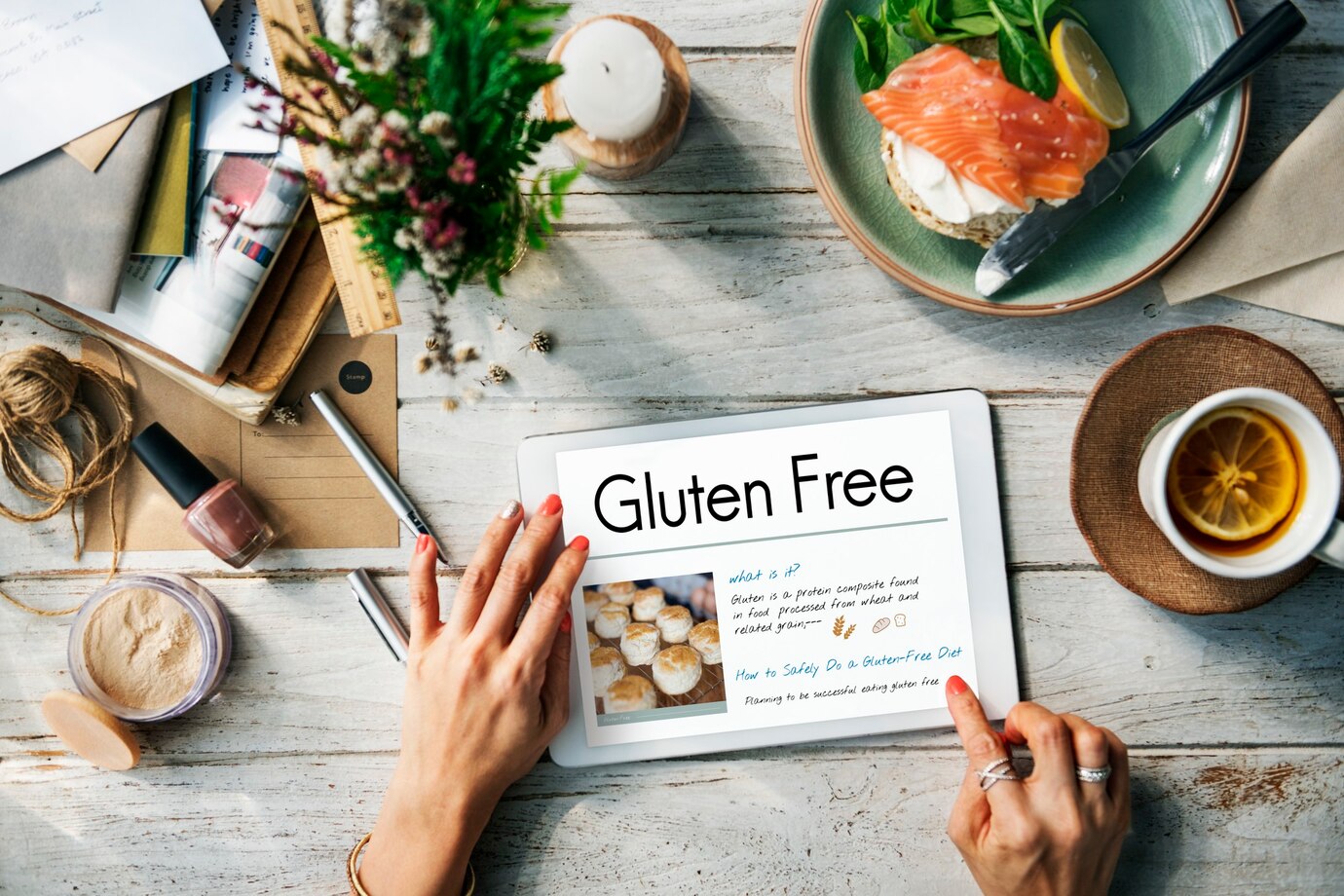Adopting a gluten-free lifestyle has become increasingly common, whether due to medical necessity or a desire for healthier living. For those with celiac disease, non-celiac gluten sensitivity, or wheat allergies, avoiding gluten is more than just a preference—it’s essential. Even beyond medical reasons, many people have discovered that eliminating gluten from their diets helps reduce bloating, fatigue, and digestive issues. Regardless of your motivation, transitioning to a gluten-free lifestyle can be a positive change when approached with the right mindset and tools.
Understanding Gluten and Its Impact
Gluten is a protein found in wheat, barley, and rye. It gives dough its elasticity and helps foods maintain their shape. Unfortunately, for people with gluten-related disorders, this otherwise harmless protein can wreak havoc on the body. Celiac disease, for example, triggers an immune response that damages the lining of the small intestine when gluten is consumed. This can lead to malnutrition, anemia, and various gastrointestinal symptoms.
Even individuals without a formal diagnosis may find that they feel better when they remove gluten from their diet. Some experience less brain fog, improved digestion, and increased energy. However, it’s important to note that gluten-free isn’t inherently healthier unless it’s done thoughtfully—cutting gluten while continuing to eat highly processed substitutes won’t necessarily lead to better health outcomes.
Gluten-Free on the Go: Dining Out with Confidence
One of the biggest challenges for those new to the gluten-free lifestyle is eating out. Many restaurants use wheat-based ingredients in sauces, marinades, and dressings, or prepare gluten-free items in the same space as gluten-containing foods, leading to cross-contamination. That’s why it’s important to research restaurants ahead of time and ask clear, specific questions about preparation methods.
A popular fast-food option gaining traction in the gluten-free space is Subway. Known for its customizable sandwiches and salads, Subway has made efforts to cater to gluten-sensitive customers. Select locations offer gluten free Subway bread, which is prepared in a dedicated facility to avoid cross-contamination before arriving at the store. Though availability may vary, it’s a convenient option for those craving a sandwich experience without the gluten. Subway also encourages staff to take precautions, such as using clean gloves and utensils, when preparing gluten-free orders.
Smart Tips for Going Gluten-Free
Transitioning to a gluten-free diet doesn’t have to be overwhelming. With a few practical strategies, you can make the switch smoother and more sustainable.
1. Read Labels Religiously
Many products contain hidden sources of gluten—soy sauce, salad dressings, processed meats, and even certain spices. Look for foods labeled “Certified Gluten-Free” and be cautious with ambiguous ingredients like “natural flavors” or “modified food starch” unless they specify the source.
2. Focus on Naturally Gluten-Free Foods
A diet built around whole, naturally gluten-free foods—such as fruits, vegetables, lean proteins, eggs, nuts, seeds, legumes, and gluten-free grains like quinoa, rice, and millet—is not only safer but also more nutritious. These foods are less likely to contain additives or cross-contaminants.
3. Plan Your Meals Ahead
Meal prepping is a powerful tool in staying gluten-free. By cooking at home and preparing meals in advance, you maintain control over ingredients and reduce your risk of accidental gluten exposure. Invest in airtight containers and create a weekly meal plan to stay organized and inspired.
4. Stock a Gluten-Free Pantry
Having a well-stocked pantry makes it easier to whip up meals without resorting to takeout. Keep gluten-free staples like oats (certified GF), almond flour, coconut flour, gluten-free pasta, and baking mixes on hand. There are many delicious brands available now that cater specifically to gluten-free diets.
5. Watch for Cross-Contamination at Home
Even tiny crumbs can cause issues for those with celiac disease. Use separate cutting boards, toasters, and utensils for gluten-free cooking, and consider clearly labeling your GF items. Shared kitchens require extra care and communication.
Staying Social and Satisfied
Social events can be tricky when you’re on a gluten-free diet, but they don’t have to be isolating. Let your host know in advance, bring a gluten-free dish to share, or eat beforehand if you’re unsure of what’s being served. With time, your friends and family will become more aware of your dietary needs.
When cravings hit, remember that there are plenty of gluten-free alternatives available. Whether you’re craving pizza, cookies, or pasta, brands like Udi’s, Schär, and Banza offer products that don’t compromise on taste. And with mainstream chains like gluten free Subway stepping up, dining out isn’t off-limits either.
Final Thoughts: Empower Your Gluten-Free Journey
Going gluten-free may seem daunting at first, but with the right knowledge and support, it can be a manageable and even rewarding experience. The key is to focus on nourishing, whole foods, stay vigilant about labels and ingredients, and remain proactive in social and dining situations. As awareness and demand for gluten-free options grow, the lifestyle becomes more accessible and sustainable than ever before.
Whether you’re navigating a medical condition or simply seeking better health, embracing a gluten-free diet is a personal journey—and one that you can thrive on with the right tools in your arsenal.
